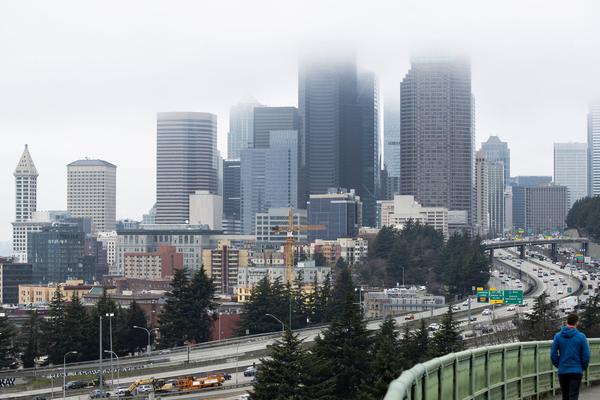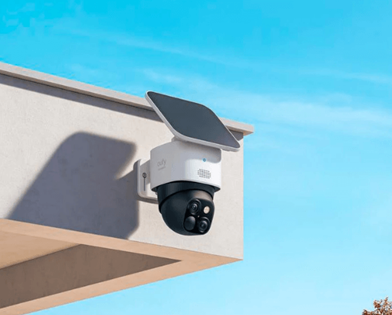It’s safe to say the “Seattle tech bro” stereotype won’t be dying anytime soon.
That’s because, when it comes to the gender gap in Seattle’s tech jobs, not much has changed in the past decade.
Of course, this disparity in tech occupations is not unique to our city. But Seattle’s tech gender gap is wider than the national average.
New census data shows that the share of tech workers in Seattle who are male was almost exactly the same in 2020 as it was at the start of the decade.
Back in 2010, there were around 20,500 computer and mathematical workers living in the city. Men made up nearly 16,000 of them — that’s 77.4%.
The number of workers in these occupations ballooned to more than 50,000 by 2020. But the percentage who are men stayed almost exactly the same, at 77.9% (roughly 39,000 of the 50,000 workers).
AdvertisingCensus data shows that nationally, men represented 72.7% of workers in computer and mathematical jobs in 2020. The census does not count nonbinary people and only asks if respondents are male or female.
While it’s well known that tech occupations are dominated by men, I was surprised that the gender gap hasn’t narrowed at all in Seattle over the past decade. After all, the tech field has come under greater scrutiny for its lack of female representation, and there have been efforts to bring more women into tech. For example, the ADA Developers Academy, a tuition-free program for women, was founded in Seattle in 2013.
Latest from FYI Guy
More

The No. 1 occupation in Seattle is software developer. According to the most recent available data, the gender gap was even greater among people in this role than those in most other tech jobs. Around 86% of developers who live in Seattle were men. But computer programmers skewed even slightly more male, at 87%.
The tech occupations that were least skewed toward men in Seattle were computer scientists/systems analysts/web developers (these titles all fall under one category in the census data). Even so, these jobs were still predominantly held by men, at 66.5%.
Early gender socialization, cultural perceptions that technology is a male arena and unwelcoming, and sexist environments at some companies are among the reasons commonly cited as why women are underrepresented in tech.
Disparities are more stark when you consider other identities along with gender. For example, if you look at race and gender, white and Asian women make up more than 90% of the roughly 11,000 female tech workers who live in Seattle. Census estimates show only about 500 Black and Hispanic women living in Seattle work in tech. Seattle’s male tech workers are slightly more racially diverse, though white and Asian men make up a similarly large share of that population (88%).
AdvertisingWhen looking at disparities in the workplace, it’s likely pay comes to mind. The median income for a Seattle woman who works in a computer and mathematical occupation full-time, year-round was about $103,000. That’s significantly lower than median for a Seattle man, which was around $133,000. Some of that gap is likely due to the fact that men are so dominant in the software developer field, which is among the most well-compensated.
Concern over the gender gap in tech jobs is largely due to the importance of the technology sector, and the profound impact technology has on our lives. But there are similar — or even larger — gender gaps in many other occupations that receive much less attention.
In fact, gender gaps are common in many fields. My analysis of census data shows that in three-quarters of the top occupations in Seattle (those with at least 500 workers who live in the city), either men or women made up 60% or more of the workforce.
Two tech jobs that I mentioned previously — computer programmers and software developers — landed in the top 15 for occupations most skewed toward men among Seattle residents. But a bunch of other jobs had even bigger gender gaps.
Among these jobs, two were entirely dominated by one gender in Seattle: Occupational therapists were all women and auto mechanics were all men, according to census estimates.
The second-largest gender gap in Seattle was among personal-appearance workers, a category largely made up of people who work in nail salons — about 97% were women. The third-largest gap was among construction laborers, who were 96% men.
That said, there are also some jobs that have near gender parity in Seattle.
There are three that come close to a 50/50 split between men and women: technical writers, retail salespeople and restaurant hosts.
Gene Balk / FYI Guy: gbalk@seattletimes.com;on Twitter: @genebalk.








